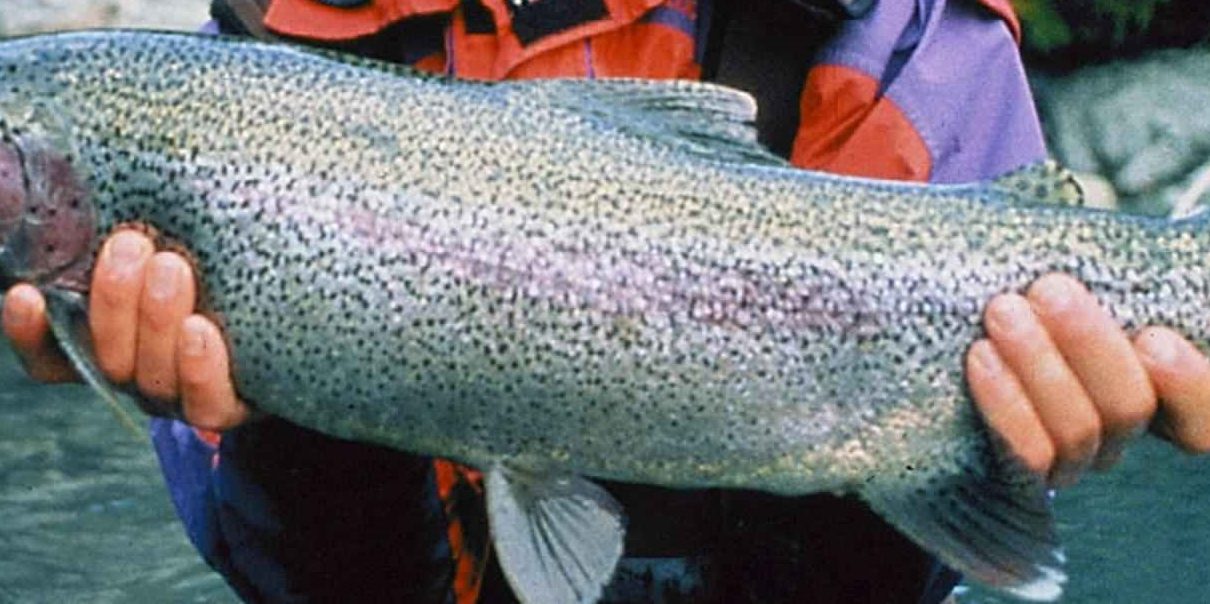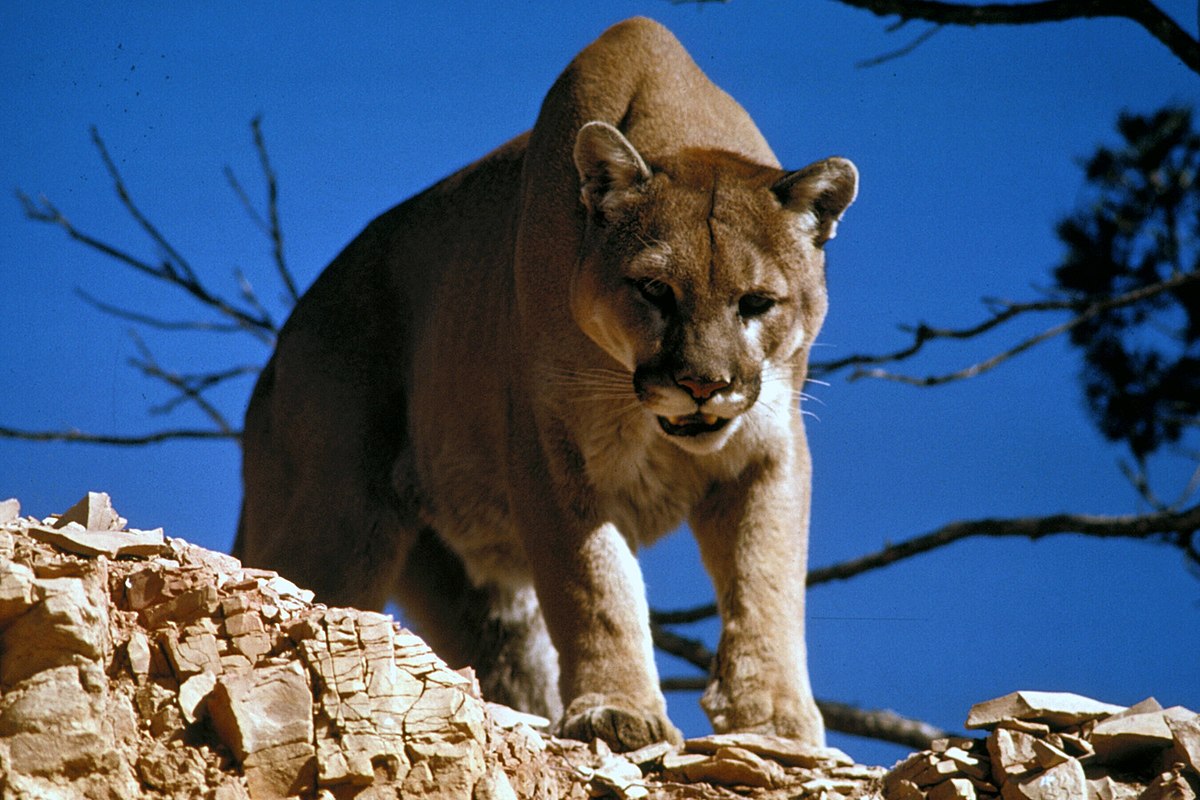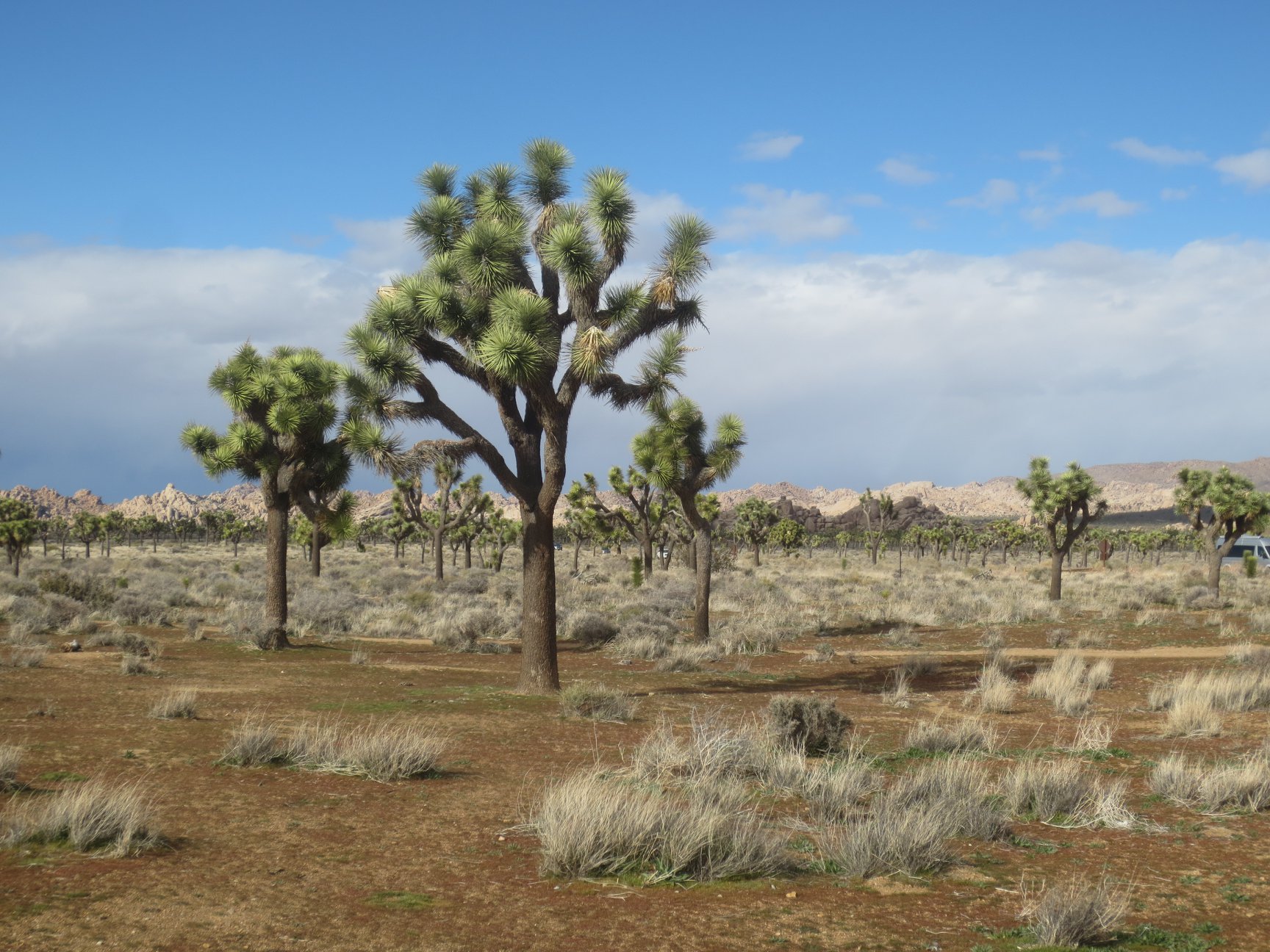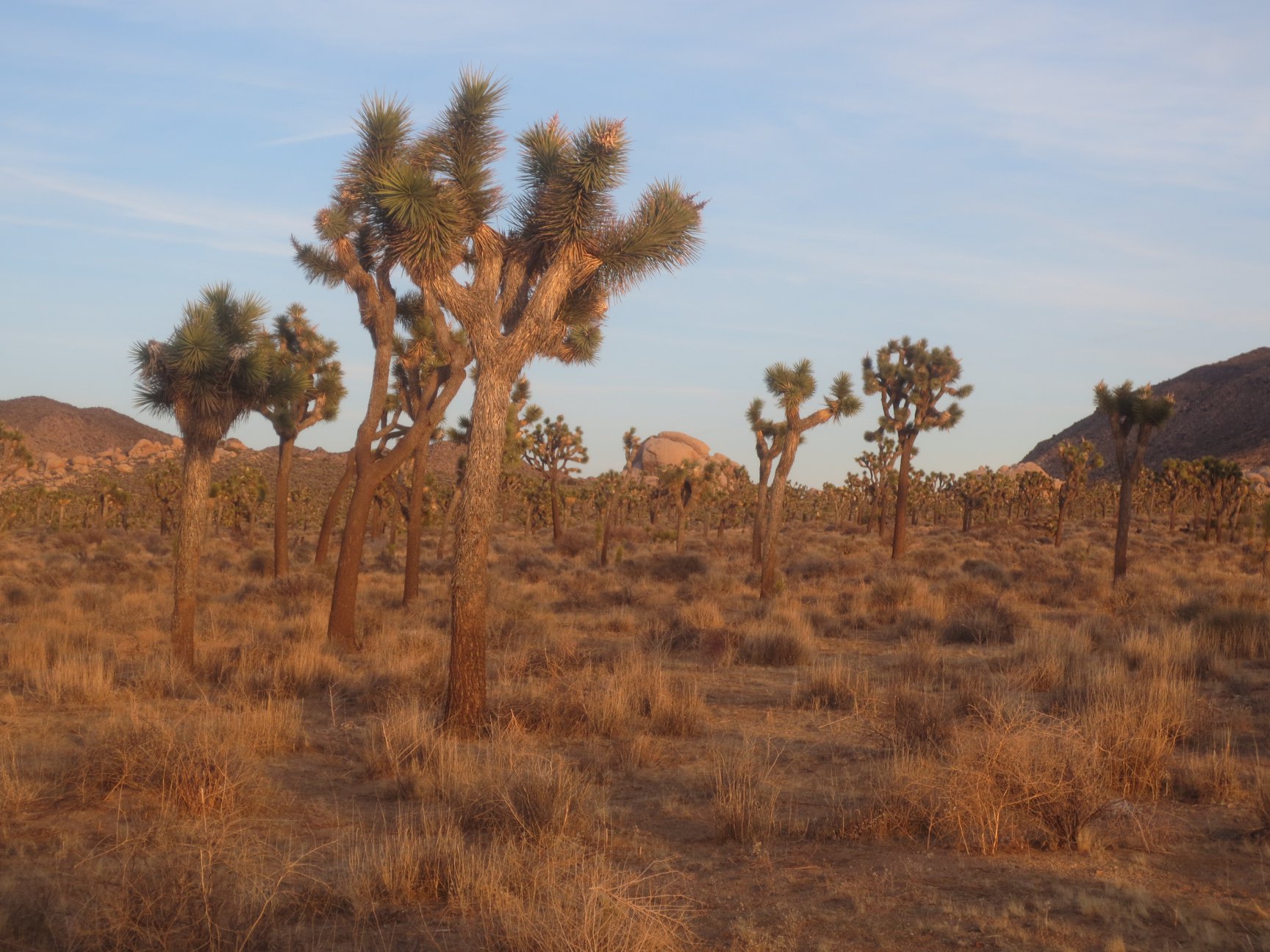
Southern California Steelhead Trout Added To State Endangered Species List
‘We need to secure more water now, and this just made it a lot harder’
By Evan Symon, April 23, 2024 12:38 pm

The Southern California Steelhead Trout was officially listed as a state endangered species this week following decades of declination. However, the new designation is now threatening future water projects in the area.
For decades, the California Endangered Species Act has helped rebound species across the state. However, the designation has also caused numerous issues, such as the cancelation of numerous developments in the Colorado and Mojave Deserts over the protection of Joshua trees, and the release of much freshwater during drought years for the benefit of a few endangered fish species.
The steelhead trout was much at the same trajectory of other species. In decades past, thousands of the trout were counted stretching from San Luis Obispo to San Diego County. However, the growth of water projects to secure freshwater for Southern California began reducing their number. The lower numbers had actually caught the attention of the U.S. government, who listed the fish as endangered federally in 1997. However, that designation did little to change things. According to the non-profit California Trout (CalTrout), there are only around 500 left in the region today.
“It is clear that the federal listing alone has not done the job,” said California Fish and Game Commission President Samantha Murray. “It hasn’t changed the trajectory of this fish.”
Faced with these low numbers, CalTrout and other groups began to pressure the state to make the fish a state endangered species as well. In 2022, the steelhead got temporary protection, a step towards being added to the list. This led to last week’s California Fish and Game Commission meeting where it was decided that the steelhead should be added to the state endangered species list. That vote was then finalized this week.
Steelhead now endangered in CA
In addition to more protections, the new designation means that the steelhead can not be harmed or killed below a natural or man-made barrier.
“Historically, tens of thousands of these fish swam in Southern California rivers and streams,” said CalTrout South Coast region Director Sandra Jacobson on Monday. “Their numbers have dipped dangerously low because of impacts from habitat loss, fragmentation and urbanization. This landmark decision provides critically important protections for this iconic species.”
CalTrout is also now advocating building on the new designation. Specifically, advocates for the fish want several manmade dams and river blocking areas to be removed, such as the Matilija Dam in Ventura County and the Rindge Dam nearby Malibu.
We are thrilled to see more protections extended to Southern steelhead – a fish species that needs all the help they can get. Great piece from @ByIanJames on why this matters. 👇 https://t.co/jxVZ5PQVf4
— California Trout (@CalTrout) April 23, 2024
While the move made environmental groups happy, local water agencies and residents were furious over the decision. With the steelhead endangered, new water projects will now take much longer to be approved as they will now have to show that they won’t harm the fish. Even more, with projects and existing structures now threatened, many experts have said that less freshwater may be available in future years as a result.
“They completely overlooked the human factor here,” explained Jack Wesley, a water systems consultant for farms and multi-family homes, to the Globe on Tuesday. “Southern California’s water supply is ok for now thanks to a few rain heavy years, but drought years hit hard in the area. There are restrictions, alerts, and all sorts of other things because of low amounts of freshwater.
“This designation is going to make a lot of these upcoming projects to help secure SoCal’s future a lot harder to do, as they have to be proven now to not be disrupting that fish. Also, they want to get rid of some infrastructure that helps retain freshwater. There was easily a compromise solution there, but they went full endangered species. We saw how bad it got with some of the reservoirs a few years ago when critical freshwater was released for fish and not allocated for human use. Farms dried up and people had to cut back significantly.”
“We need to secure more water now, and this just made it a lot harder. I hope they’re proud of themselves, because they have no right to be.”
- Bill to Require Law Enforcement Disclosure if AI Was Used To Help Write Reports - August 7, 2025
- Gov. Newsom Files FOIA Request To ‘Expose True Cost’ Of L.A. Federal Troop Deployment for Anti-ICE Riots - August 6, 2025
- California Redistricting: How Newsom’s Plan Will Demolish Hard Fought GOP Gains - August 6, 2025





Guess the water-nannies need “a bigger fish to fry” and have moved on beyond the Delta Smelt to champion their austerity programs, and return California to the 1700’s…
Perhaps the “powers that be” should look at their water-runoff planning and stop using Santa Monica Bay as El Lay’s toilet bowl after the rains come….
Leadership??? In Los Angeles??? Are you freaking KIDDING me???
So advocates for the fish want several manmade dams and river blocking areas to be removed, such as the Matilija Dam in Ventura County and the Rindge Dam nearby Malibu? No doubt these environmental nazis would like all dams removed along with all citizens of California (except of themselves of course)? Are they part of the globalist population reduction agenda?
So stupid.
Fish & Game has been notified numerous time about illegal tackle (called flossing) being used to catching steelhead in the American River near the state Capitol. guys make trips back and forth with their catch all day.
F&G refuses to enforce the laws.
100% agree, Chuckiechan. F&G mismanagement is the number one reason for both the steelhead and salmon declines. NOT the water flows – like those who blame the dams claim. The steelhead run in the Carmel River is dead because the striped bass go into the estuary mouth every spawning season and eat them. Any trout species (like steelhead) are easy pickings for predatory species; especially the striped bass (in both fresh and salt water).